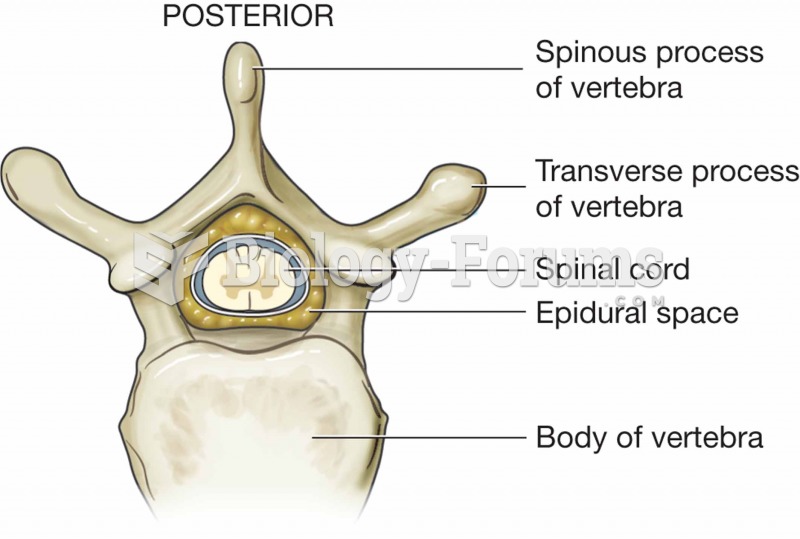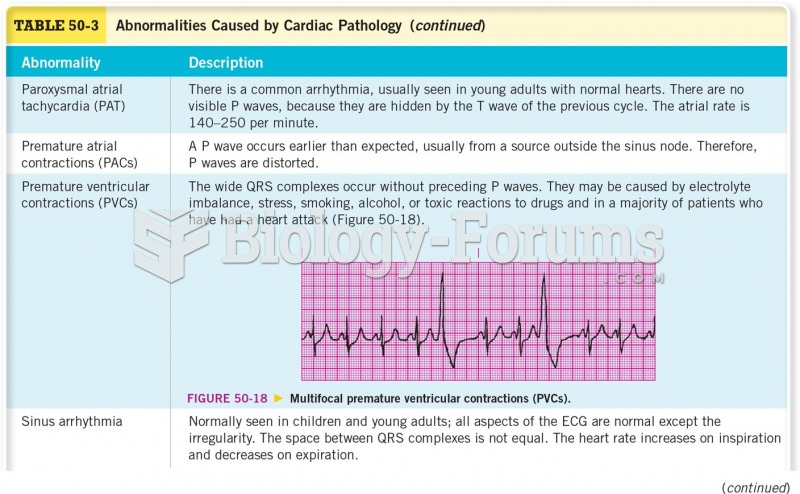Answer to Question 1
Correct Answer: 1,3,5
Rationale 1: Phenylephrine causes vasoconstriction, which can lead to angina.
Rationale 2: Phenylephrine is not contraindicated in Parkinson disease.
Rationale 3: Because of its effects on the eye, phenylephrine should not be used in clients with narrow-angle glaucoma.
Rationale 4: Phenylephrine has an affect on alpha-adrenergic receptors, so does not have an effect on the bronchi.
Rationale 5: Phenylephrine is contraindicated in clients with severe hypertension, as it can raise blood pressure to dangerous levels.
Global Rationale: Phenylephrine causes vasoconstriction, which can lead to angina. Because of its effects on the eye, phenylephrine should not be used in clients with narrow-angle glaucoma. Phenylephrine is contraindicated in clients with severe hypertension, as it can raise blood pressure to dangerous levels. Phenylephrine is not contraindicated in Parkinson disease. Phenylephrine has an affect on alpha-adrenergic receptors, so does not have an effect on the bronchi.
Answer to Question 2
Correct Answer: 3
Rationale 1: Antidepressant imipramine and cocaine inhibit reuptake of NE from the synaptic cleft back to the presynaptic neuron.
Rationale 2: Epinephrine acts directly by stimulating adrenergic receptors. Ephedrine and amphetamine stimulate release of NE from its storage vesicles on the presynaptic neuron.
Rationale 3: Epinephrine acts directly by stimulating adrenergic receptors.
Rationale 4: Phenelzine (Nardil) is an example of an MAO inhibitor that inhibits destruction of norepinephrine.
Global Rationale: Epinephrine acts directly by stimulating adrenergic receptors. Ephedrine and amphetamine stimulate release of NE from its storage vesicles on the presynaptic neuron. Antidepressant imipramine and cocaine inhibit reuptake of NE from the synaptic cleft back to the presynaptic neuron. Phenelzine (Nardil) is an example of an MAO inhibitor that inhibits destruction of norepinephrine.







